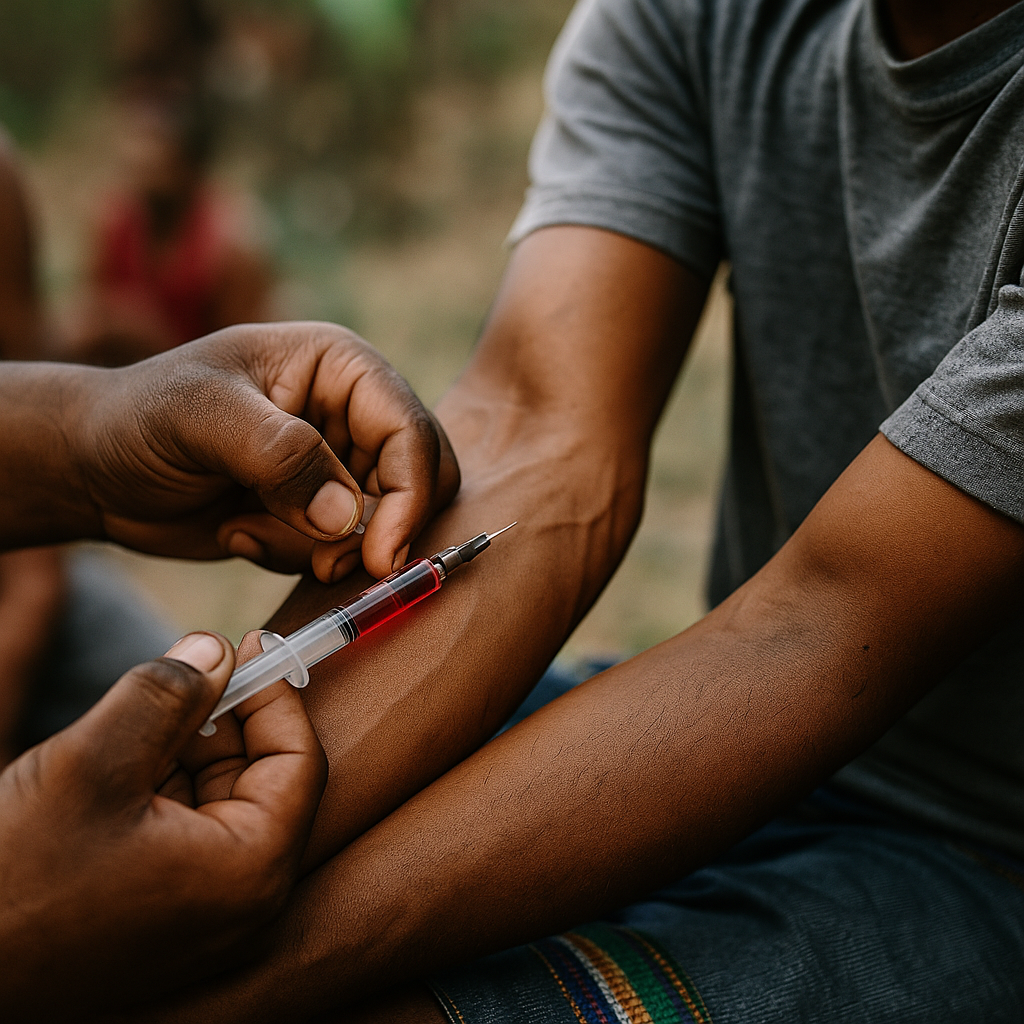
The question of Survival Rates for AIDS remains one of the most pressing concerns for patients, families, and clinicians alike. While AIDS was once synonymous with a death sentence, the narrative in 2025 tells a different story—one of progress, persistence, and possibility. But what do the numbers say today? And how does modern medicine impact outcomes?
Thanks to decades of research, access to advanced HIV treatments, and early interventions, people living with AIDS can now look forward to a life that is often significantly longer than in previous decades. Yet, survival still varies based on a wide range of factors—from geographic location to comorbidities and socioeconomic conditions.
Table of Contents.
- What Determines the Survival Rates for AIDS?
- The Evolution of AIDS Survival Since the 1980s
- Current Life Expectancy with AIDS in 2025
- Global Disparities in AIDS Outcomes
- Improving Prognosis Through Modern Treatment Options
- Conclusion & FAQs
What Determines the Survival Rates for AIDS?
Survival Rates for AIDS are influenced by several key factors:
- Timely Diagnosis: Early detection of HIV, before progression to AIDS, improves life expectancy substantially.
- Treatment Adherence: Lifelong use of antiretroviral therapy (ART) is crucial for managing viral load.
- Co-Infections and Comorbidities: Tuberculosis, Hepatitis B and C, and cardiovascular conditions can reduce survival rates.
- Access to Healthcare: Patients with access to healthcare systems, medication, and routine follow-ups generally live longer.
- Demographics: Age, gender, race, and socioeconomic status all play a role in long-term outcomes.
While HIV and AIDS are related, they are not the same. AIDS is the final stage of HIV infection when the body’s immune system becomes severely compromised. Without treatment, the average survival after an AIDS diagnosis is roughly 3 years. However, with proper care, this outlook dramatically improves.
The Evolution of AIDS Survival Since the 1980s
In the early days of the epidemic, a diagnosis of AIDS was often followed by death within months. There were few effective treatments, and stigma often prevented people from seeking care. The average survival rate was low, and the quality of life was severely diminished.
However, the approval of zidovudine (AZT) in 1987 marked the first turning point. The introduction of Highly Active Antiretroviral Therapy (HAART) in the mid-1990s changed the game entirely. According to the CDC, mortality rates for AIDS dropped by more than 70% between 1995 and 2000.
Since then, continuous innovation in HIV medications has led to single-tablet regimens, improved adherence, fewer side effects, and longer life expectancy. Today, survival is measured in decades, not months.
Current Life Expectancy with AIDS in 2025
So, what do current statistics say about Survival Rates for AIDS?
Data from the NIH and UNAIDS indicate that individuals diagnosed with AIDS and receiving modern antiretroviral therapy can live for 20 to 30 years post-diagnosis, depending on when treatment is initiated. In developed countries, the average life expectancy for an HIV-positive person who progresses to AIDS but adheres to treatment is estimated to be only 5–10 years shorter than the general population.
Moreover, advancements in branded medications such as Biktarvy, Dovato, and Cabenuva have simplified treatment protocols, improving compliance and long-term outcomes.
For instance:
- A patient diagnosed at age 30 and adherent to therapy may live into their 60s or 70s.
- Late-stage diagnosis, especially with multiple opportunistic infections, may reduce survival to less than a decade if unmanaged.
Importantly, survival also depends on achieving viral suppression. Maintaining an undetectable viral load significantly reduces not only the risk of progression but also transmission.
Global Disparities in AIDS Outcomes
While the outlook in high-income nations is optimistic, global survival rates paint a more complex picture. Sub-Saharan Africa still bears the highest burden of AIDS-related mortality due to limited access to ART and diagnostic tools.
According to UNAIDS, only about 76% of people living with HIV worldwide are on ART as of 2024. Even fewer have access to the newer, more tolerable drug regimens available in developed countries. Consequently, survival rates remain significantly lower in these regions.
Efforts from organizations such as PEPFAR, the Global Fund, and local initiatives continue to close the gap. Yet, barriers including stigma, gender inequality, and healthcare infrastructure continue to impact outcomes.
Improving Prognosis Through Modern Treatment Options
Fortunately, the evolution of HIV treatment continues to yield benefits for those living with AIDS. Several innovations stand out in 2025:
- Long-Acting Injectables: Monthly injections like Cabenuva eliminate the need for daily pills and improve patient compliance.
- Dual Therapy Regimens: Dovato combines fewer drugs, leading to fewer side effects with equivalent viral suppression.
- Preventive Measures: While not a treatment for AIDS, PrEP (Pre-exposure prophylaxis) and PEP (Post-exposure prophylaxis) have dramatically reduced new HIV infections, indirectly improving overall AIDS outcomes.
- Telemedicine & Digital Tools: Remote monitoring, digital pillboxes, and AI-driven health management platforms are making it easier for patients to adhere to regimens and manage side effects.
For healthcare providers, integrating HIV management with mental health, nutrition, and substance abuse treatment also plays a critical role in long-term survival.
For patient resources or to engage with others managing the condition, platforms like HealingWell’s HIV & AIDS Forum can offer community support.
Conclusion
The outlook for Survival Rates for AIDS in 2025 is more hopeful than ever. Thanks to medical advancements, people diagnosed with AIDS can live long, productive lives—especially when they have access to consistent, high-quality care.
However, this optimism must be tempered with the understanding that survival is not equal everywhere. Healthcare professionals must stay vigilant, informed, and compassionate in delivering care that accounts for both medical and social determinants of health.
With continued advocacy, education, and innovation, the goal of turning AIDS into a manageable chronic condition worldwide is within reach.
FAQs
What is the average survival rate after an AIDS diagnosis?
With proper antiretroviral treatment, individuals can live 20–30 years after an AIDS diagnosis. Without treatment, survival drops to approximately 3 years.
Can AIDS be cured completely?
As of 2025, there is no cure for AIDS. However, antiretroviral therapy allows people to live long, healthy lives by suppressing the virus to undetectable levels.
Does undetectable viral load mean no AIDS progression?
Yes. When a person maintains an undetectable viral load, their immune system remains stronger, and the virus is less likely to progress to AIDS.
How do HIV medications affect life expectancy?
Modern HIV medications significantly improve life expectancy by suppressing the virus, reducing complications, and improving quality of life.
Are survival rates the same worldwide?
No. High-income countries have higher survival rates due to better healthcare access. Low-income regions still face challenges with diagnosis, treatment, and stigma.
Disclaimer:
“This content is not medical advice. For any health issues, always consult a healthcare professional. In an emergency, call 911 or your local emergency services.”



